Discover the repoussé technique, an ancient metalworking method that creates unique relief designs. Used since...
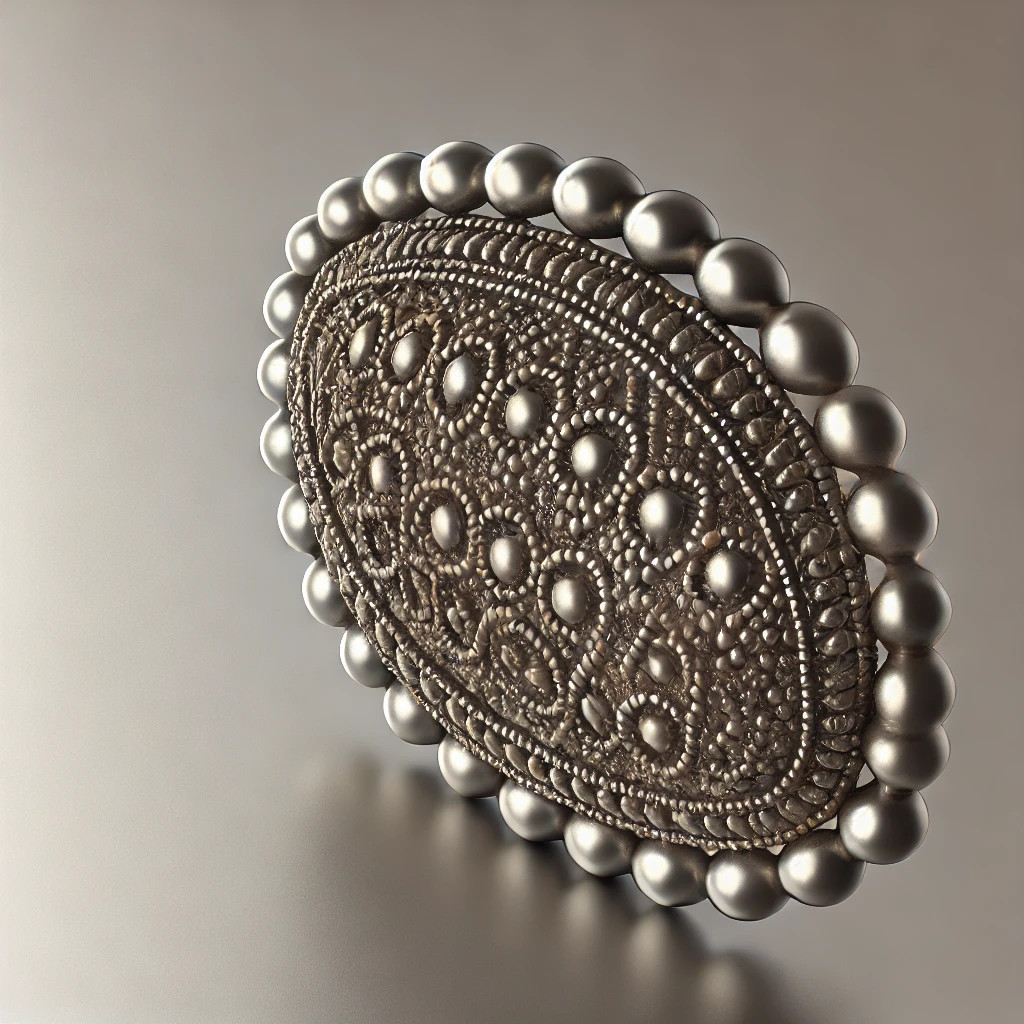
Granulation Techniques in Jewelry Making
Granulation Techniques in Jewelry Making: A Tradition of Elegance and Detail
Granulation is an ancient and sophisticated technique in jewelry making, used to decorate pieces by adding tiny metal beads to their surfaces. This method dates back thousands of years and is recognized for its intricate patterns and subtle elegance. In this article, we explore the history, techniques, and modern applications of granulation in jewelry.
Origin and History of Granulation
Granulation originated in ancient civilizations, particularly in Mesopotamia, Egypt, and Greece. The Etruscans are especially renowned for their skill in creating detailed designs using this technique. Etruscan artisans crafted complex patterns using tiny gold beads carefully soldered onto jewelry such as earrings, necklaces, and brooches. Over the centuries, granulation spread across Europe and Asia, with each culture adapting this technique to its own style.
Main Techniques of Granulation
Granulation is based on the art of placing and soldering tiny metal beads onto a surface to create decorative patterns. The techniques vary depending on culture and production method, but the most common are as follows:
-
Fusion Granulation
This technique involves soldering the beads directly onto the jewelry surface by heating them until they adhere without adding additional metal. It requires great skill, as the beads must be heated to the right temperature to bond without melting. -
Soldered Granulation
Here, a solder alloy is used to attach the beads. The artisan applies a very small amount of solder solution between the jewelry surface and the beads, then heats the piece to fix the beads without altering their shape. -
Diffused Granulation
In this method, a thin layer of alloy is deposited between the jewelry piece and the beads, and the soldering process relies on the diffusion of metal molecules between the beads and the surface. This creates a granulated effect without leaving visible solder marks. -
Electrolytic Granulation
Less common, this technique uses an electrolytic process to bond the beads to the jewelry. It is mainly used for modern and complex pieces.
Each of these techniques requires a high level of precision and skill to fuse or attach the beads without compromising their appearance.
The Process of Creating a Granulated Jewelry Piece
Creating a piece with granulation is meticulous work that involves several steps:
-
Preparation of Beads: The beads are typically created by melting the metal until it forms tiny spheres. The diameter of the beads varies depending on the desired pattern.
-
Pattern Design: The jeweler draws the pattern, determining the exact placement of each bead. This step is essential, as it influences the final appearance of the piece.
-
Positioning the Beads: Using fine tools, the beads are placed one by one onto the jewelry surface according to the pattern.
-
Soldering: Soldering the beads is the most delicate step. The jeweler applies precise heat so that the beads adhere without losing their shape.
-
Finishing: Once the beads are soldered, the piece is polished and cleaned to highlight the texture created by the granulation. Sometimes, a patina is added to accentuate the contrast between the beads and the surface.
Applications of Granulation in Modern Jewelry
Today, granulation is used to create modern jewelry inspired by ancient techniques. It is often associated with ethnic and vintage styles, but many contemporary designers use granulation to add texture and intricate detail to their creations.
-
Rings: Rings with granulation offer a delicate aesthetic, perfect for unique wedding or engagement rings.
-
Pendants and Necklaces: Granulation is often used to create intricate pendants with floral or geometric patterns that subtly catch the light.
-
Bracelets and Cuffs: Granulated bracelets add sophistication with repeating patterns or cultural symbols.
-
Earrings: Granulated earrings with fine details are elegant and can suit an antique or modern style depending on the chosen design.
Advantages of Granulation
Granulation offers several benefits in jewelry creation:
-
Unique Aesthetic: Granulated jewelry stands out with its delicate texture and complex patterns, adding originality and elegance.
-
Versatile Design: This technique allows for a variety of patterns, from geometric shapes to floral or symbolic designs.
-
Durability: The beads are securely soldered, which gives the piece good durability while maintaining a refined appearance.
Conclusion
Granulation is an ancient technique that brings refinement and originality to jewelry. It continues to inspire modern artisans and designers who use this skill to create unique, timeless pieces. Whether for vintage or contemporary designs, granulation adds unparalleled texture and visual detail, making each jewelry piece special and captivating.
By understanding the different granulation techniques and their history, jewelry enthusiasts can further appreciate this complex and delicate art form. Granulation embodies exceptional craftsmanship and a respect for traditional techniques in the world of jewelry making.

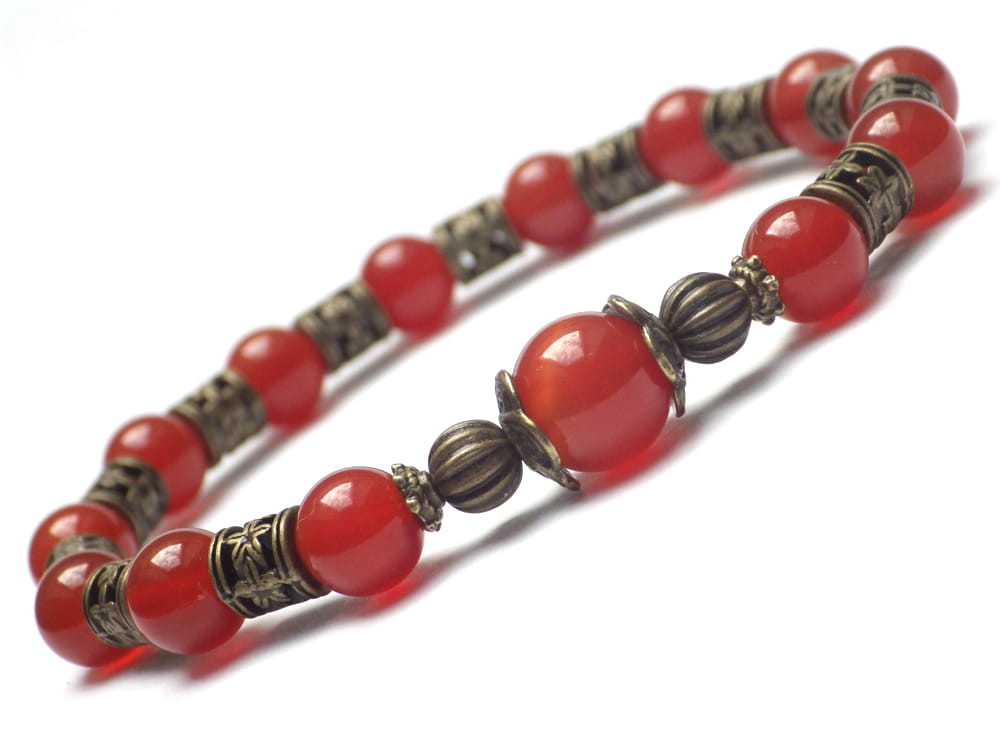
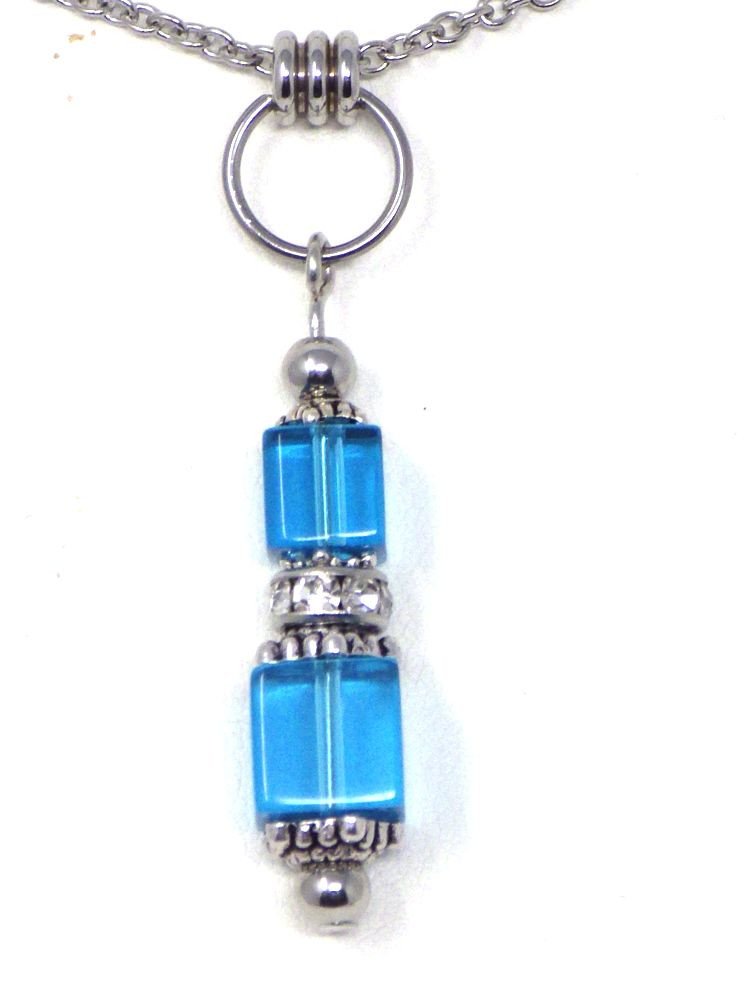
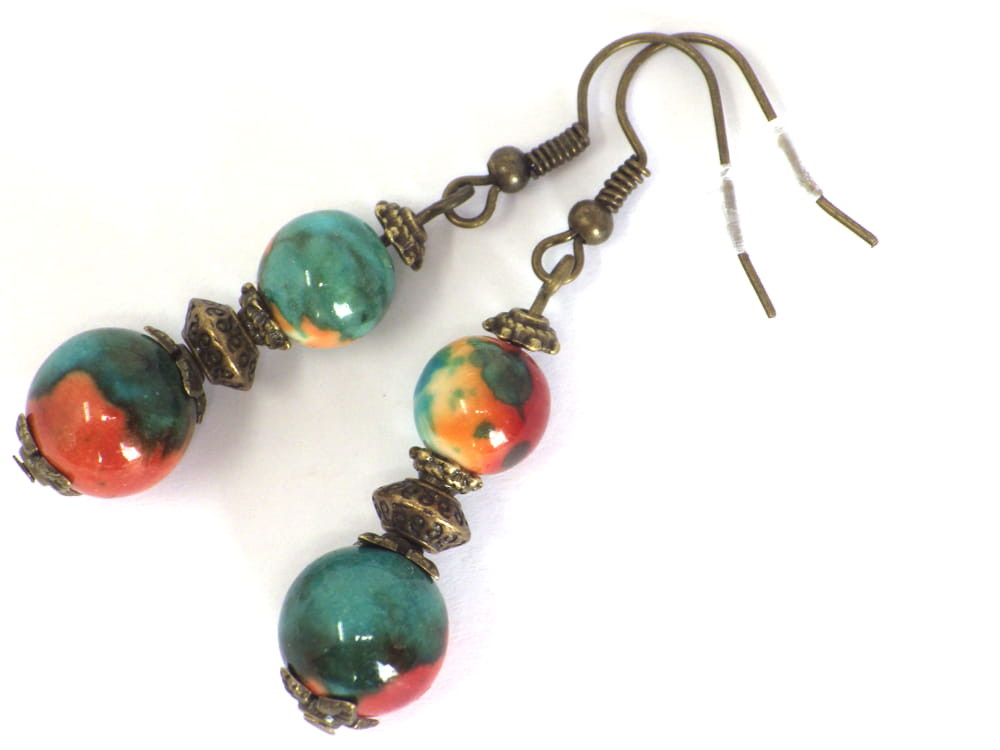

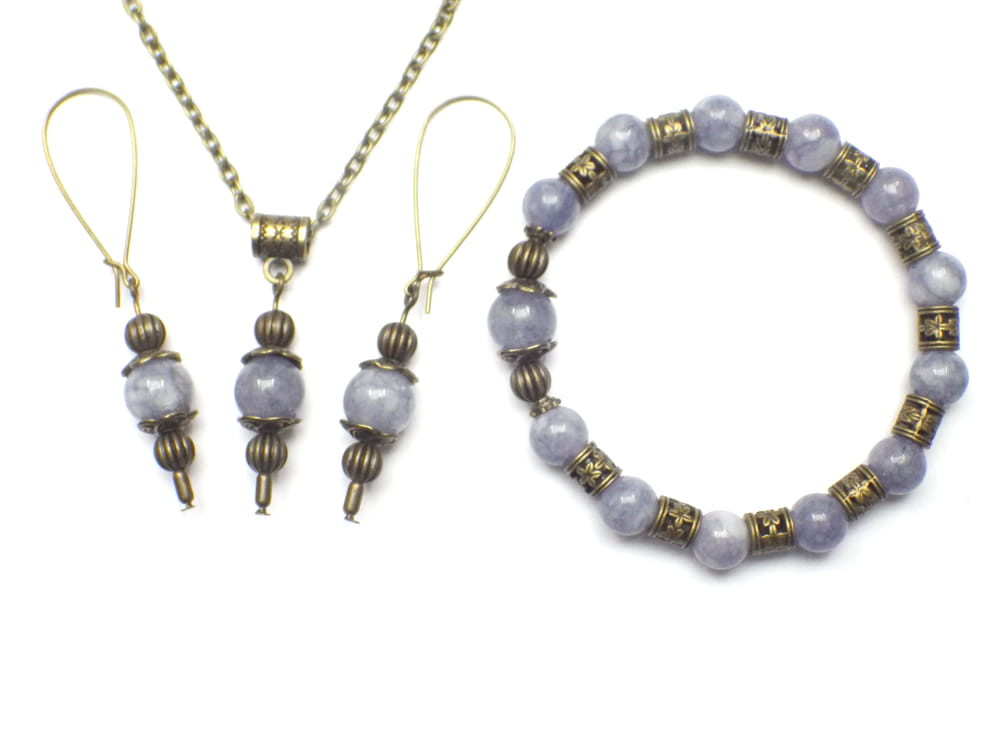
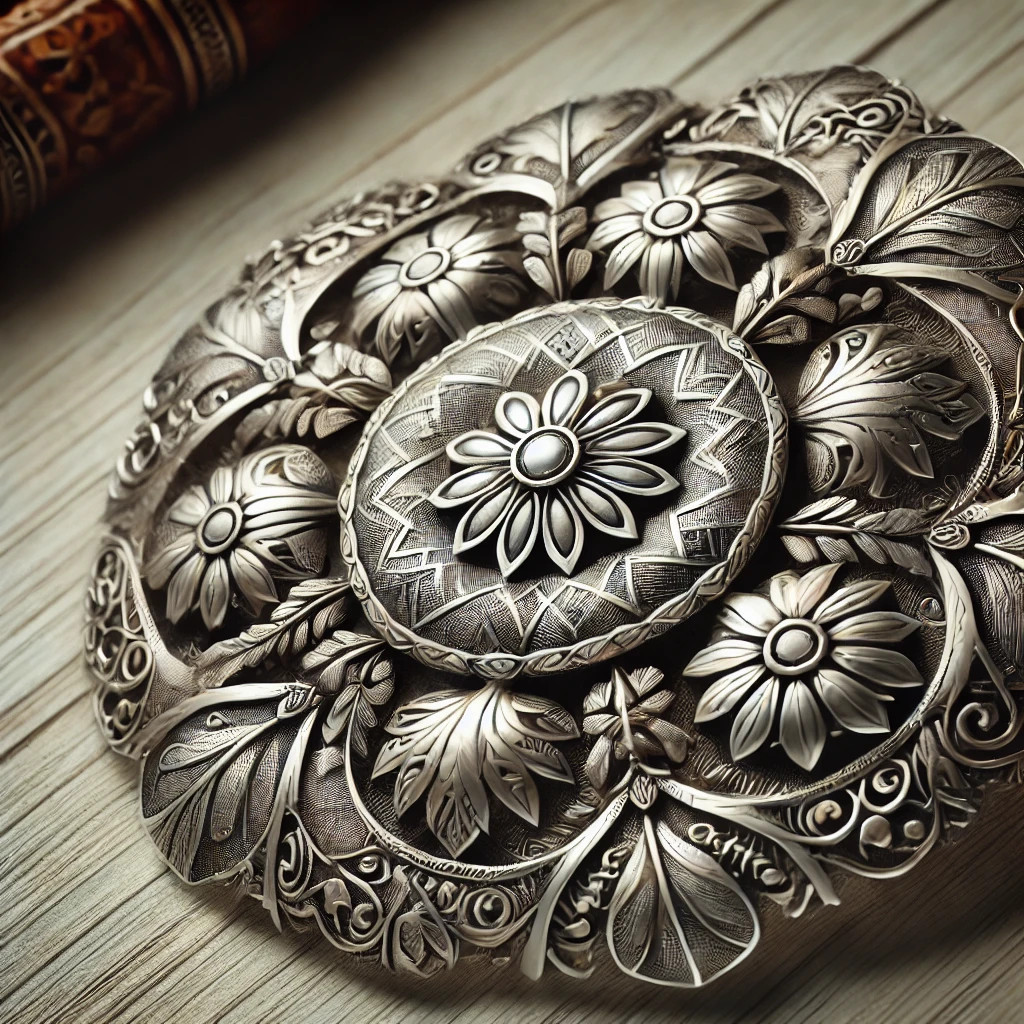
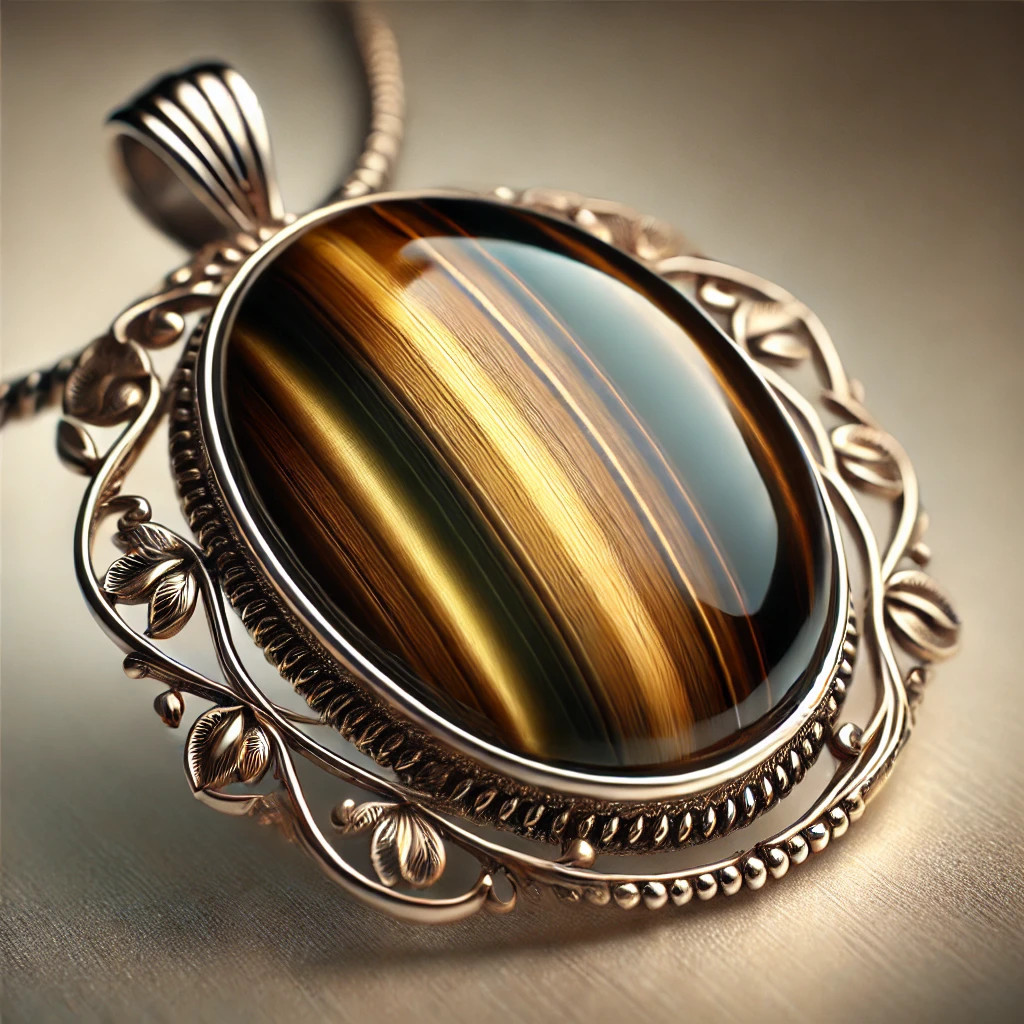
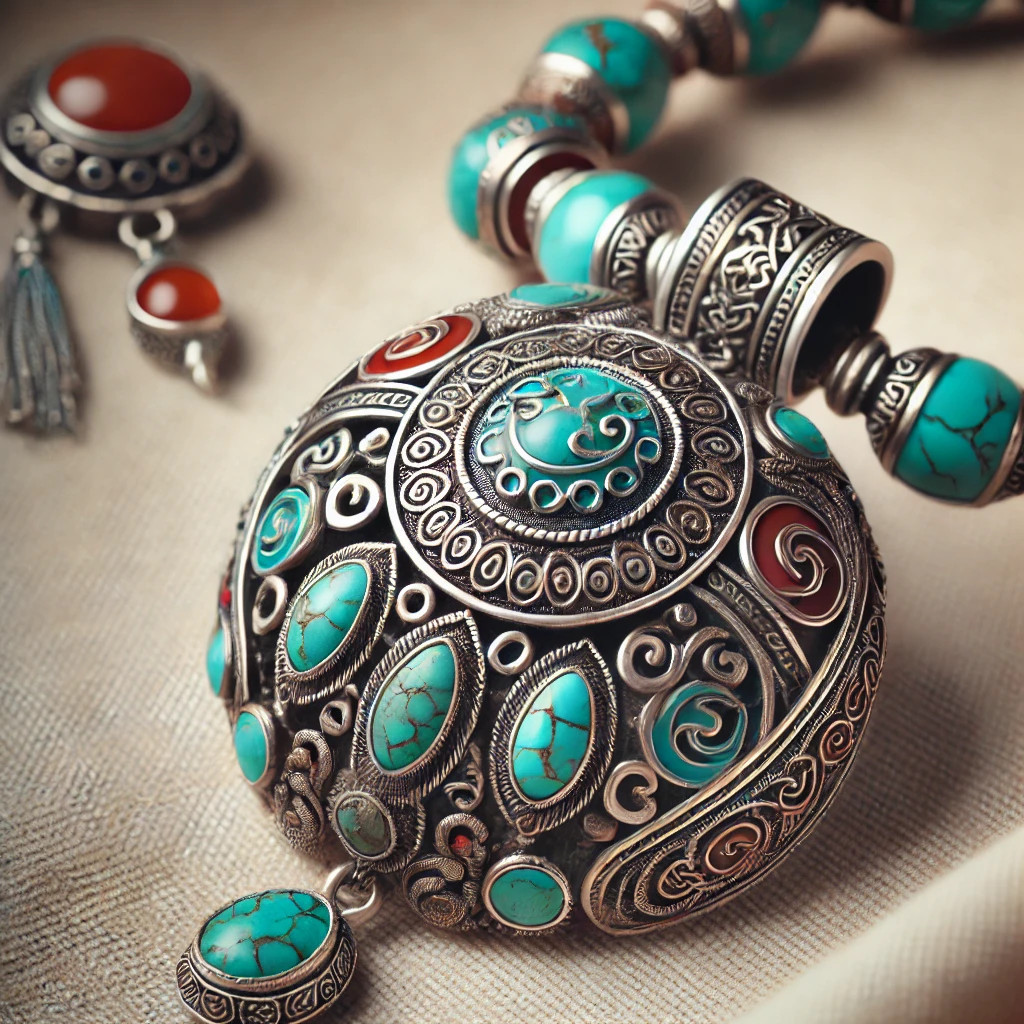
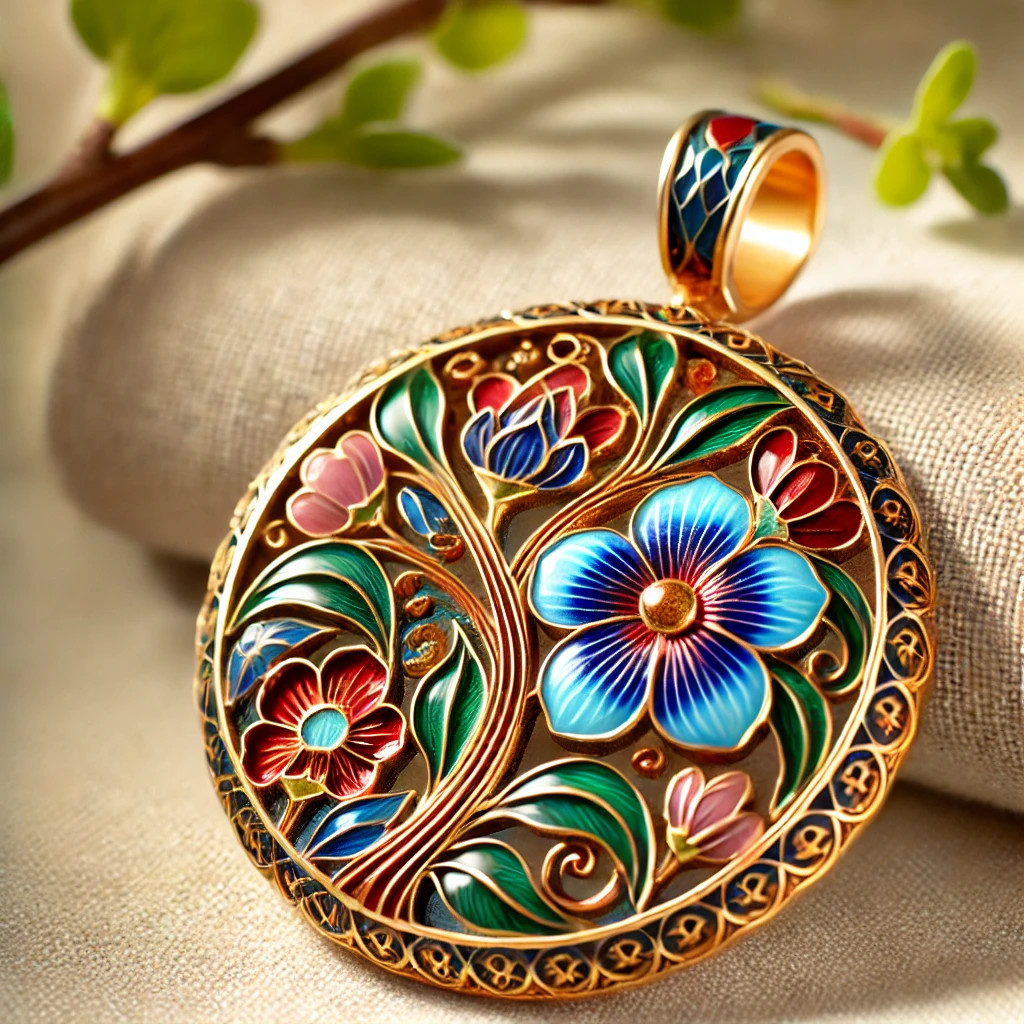

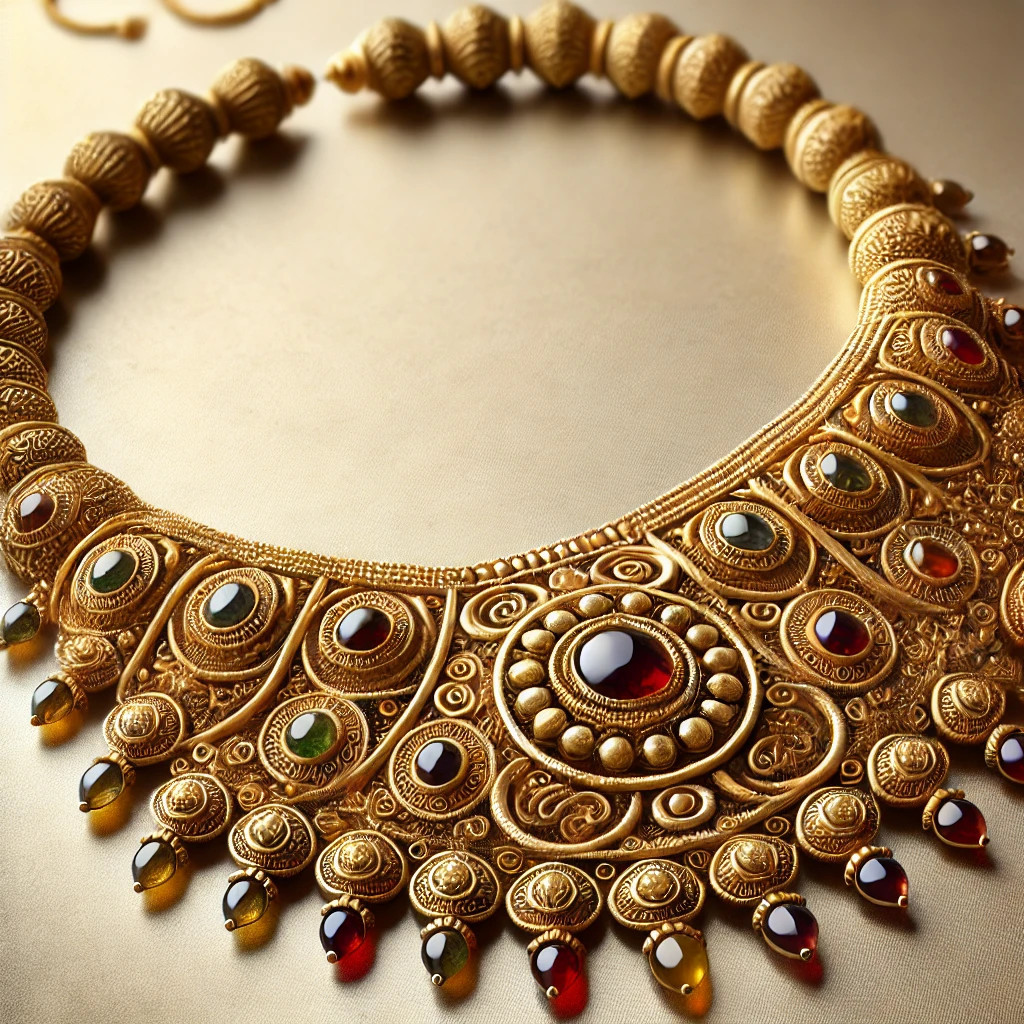
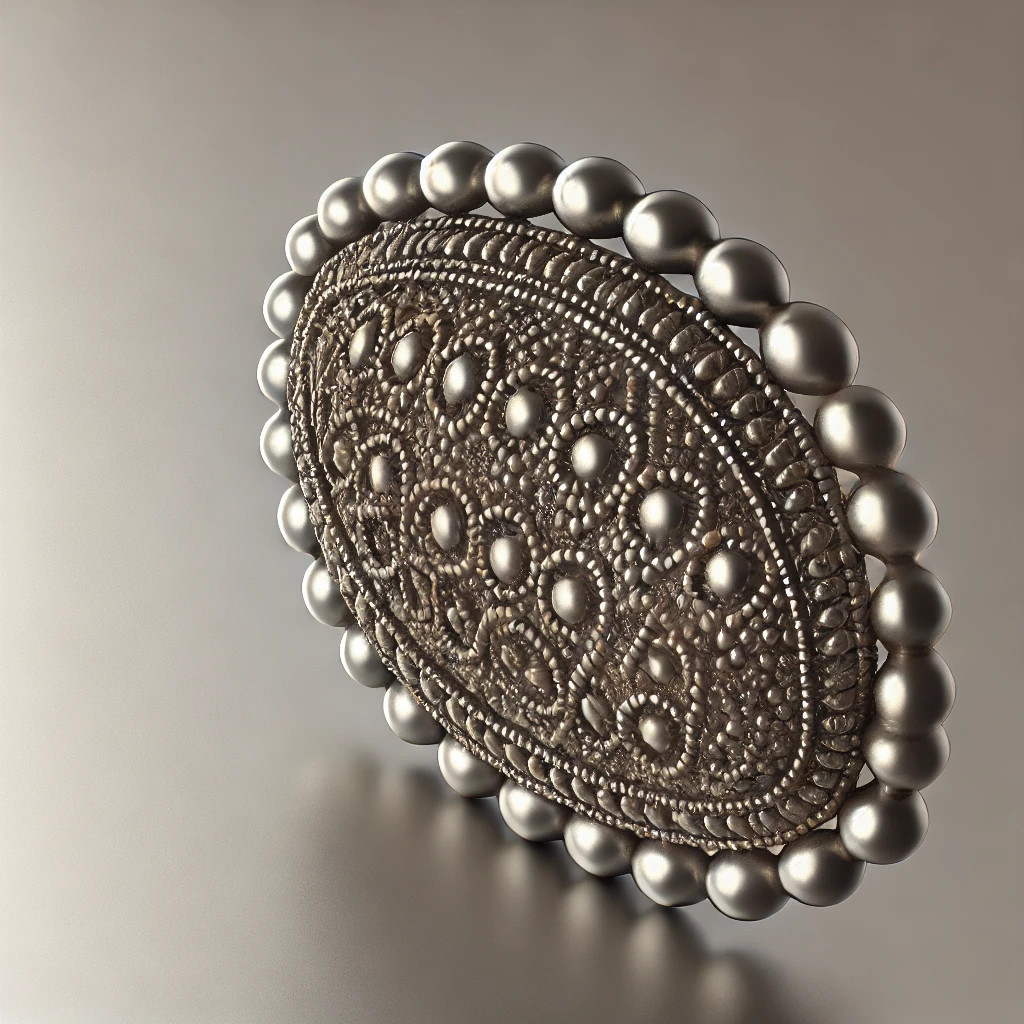

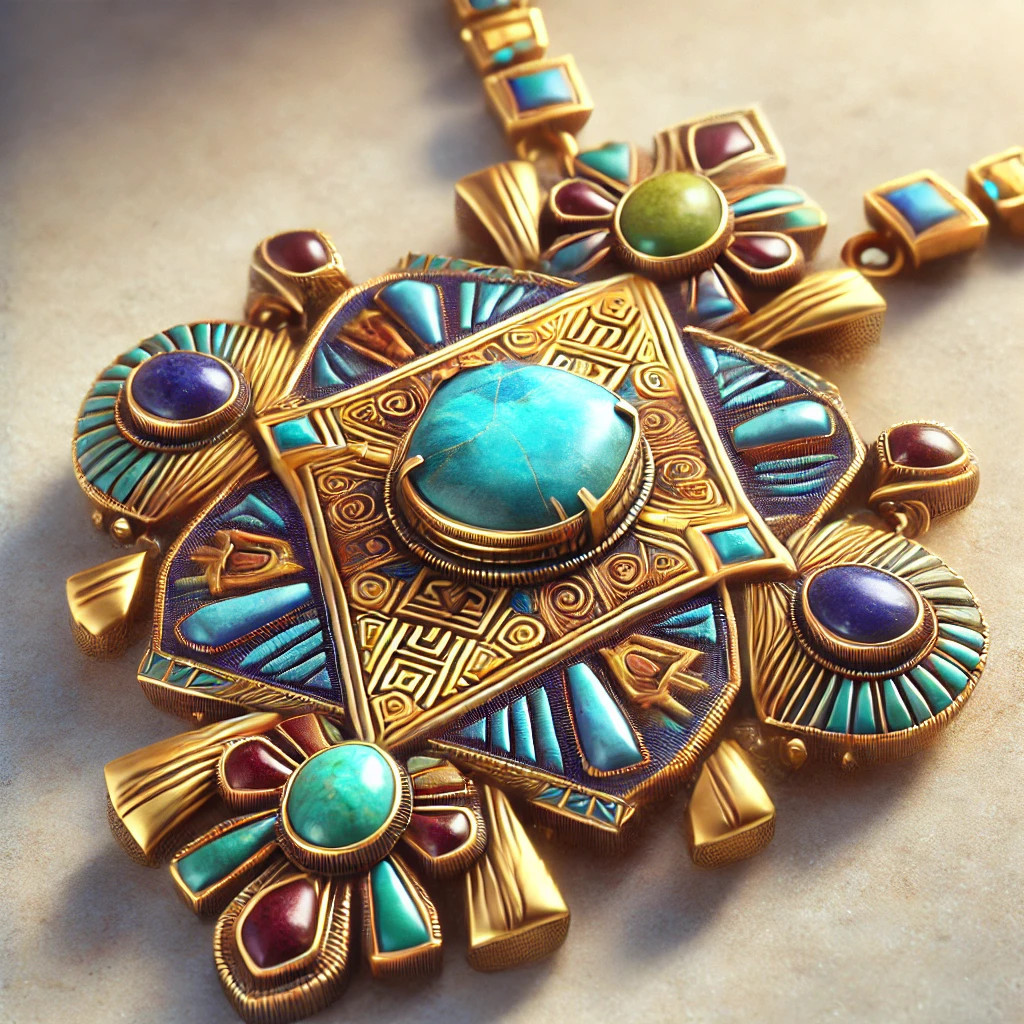

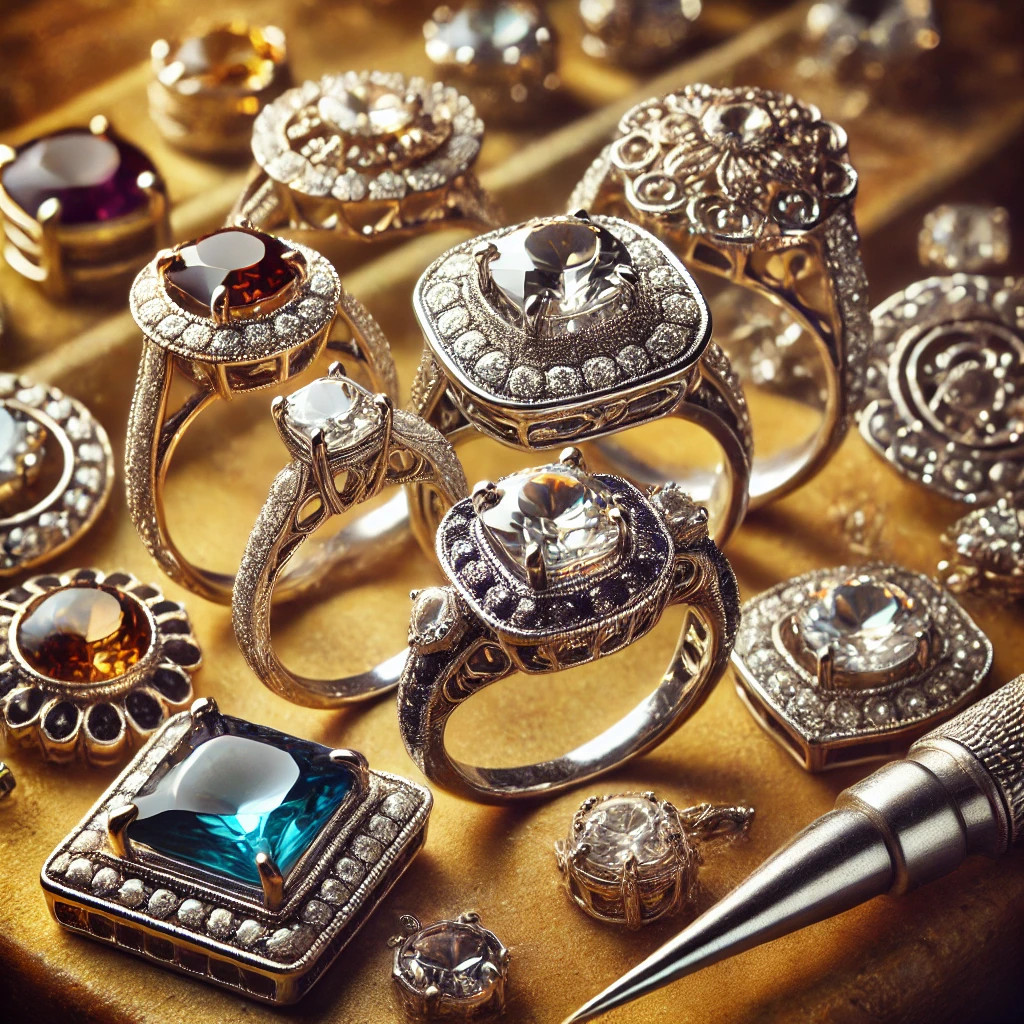
Leave a comment